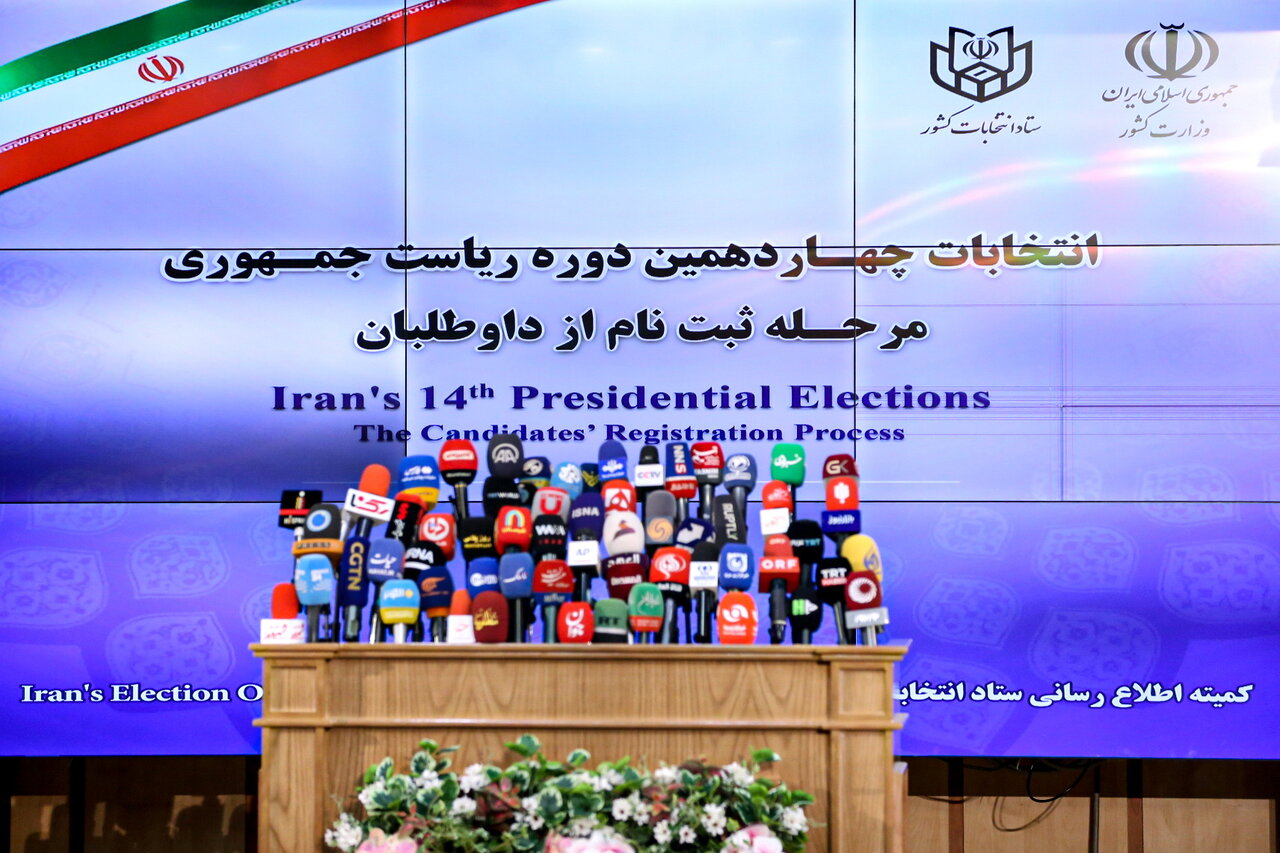Election fever on a gradual rise
Presidential election in Iran sees a surge in candidacy registrations

TEHRAN - As the deadline for candidacy registration in Iran’s upcoming presidential election approaches, the nation is witnessing a notable surge in political activity.
The political landscape is alive with energy as candidates from diverse backgrounds rush to formalize their bids, setting the stage for what could be a transformative election.
This enthusiasm marks a significant turning point in Iranian politics, especially following the death of President Ebrahim Raisi.
The five-day registration period, which began on May 30th, will end on June 3rd, with the final list of candidates to be published on June 11th.
The early elections were necessitated by the tragic death of President Raisi in a helicopter crash on May 19th, which also claimed the lives of Foreign Minister Hossein Amir Abdollahian and six others.
Iranian law mandates that candidates must be aged between 40 and 75, hold at least a master's degree, and have four years of experience in state administration or related fields. All candidates must be vetted by the 12-member Constitutional Council, with the Interior Ministry set to release the names of the qualified candidates on June 11.
This rigorous process ensures that only the most capable and experienced individuals are considered, maintaining the integrity of the election.
Interior Minister Ahmad Vahidi told reporters on Thursday that the country is at a sensitive juncture after the death of the president but no disruption happened in managing affairs thanks to the wise guidelines of Leader of the Islamic Revolution and the rules set by the Constitution.
So far, prominent figures who have registered include Saeed Jalili, the former secretary of the Supreme National Security Council, Mostafa Kavakebian, the secretary general of the Mardomsalari (Democratic) Party, and Ali Larijani, the former speaker of the parliament.
Additional notable candidates such as Masoud Pezeshkian, who is currently representing Tabriz, Osku, and Azarshahr electoral district in the Parliament of Iran, Vahid Haghanian, a former military commander and deputy for special affairs in the office of the Leader of the Islamic Revolution, and Seyyed Ahmad Rasoulinejad, a representative of Damavand and Firozkoh electoral district, have also registered.
Other candidates include Alireza Zakani, the current mayor of Tehran, Habibollah Dahmardeh, the governor of Sistan and Baluchestan, Lorestan, and Kerman provinces, Sayyid Mohammad-Reza Mirtajodini, a former vice president for parliamentary affairs, and Zohreh Elahian, a member of the Parliament of Iran from 2008 to 2012 and from 2020 to 2024.
The enthusiasm surrounding the registration period has not only highlighted the vibrant political environment but also the resilience and unity of the nation in the face of adversity.
The mood in Iran as the election approaches is a mix of cautious optimism and determined engagement. This period of political activity is a testament to the strength of Iran’s democratic processes and the commitment of its people to participate in shaping their future.
Following President Raisi’s death, Vice President Mohammad Mokhber was assigned to manage the executive branch, ensuring continuity and stability in governance.
Presidential campaigns will begin on June 12 and will run until June 27, providing ample time for candidates to present their platforms to the electorate. This election represents a critical juncture for Iran, offering an opportunity to redefine its domestic and international policies and address complex challenges, such as economic sanctions and regional tensions.
The surge in candidate registrations for Iran’s presidential election signifies a dynamic and pivotal moment in the country’s political journey. As the election campaign progresses, the nation watches with bated breath, hopeful that this electoral process will usher in a new era of progress, stability, and unity.
